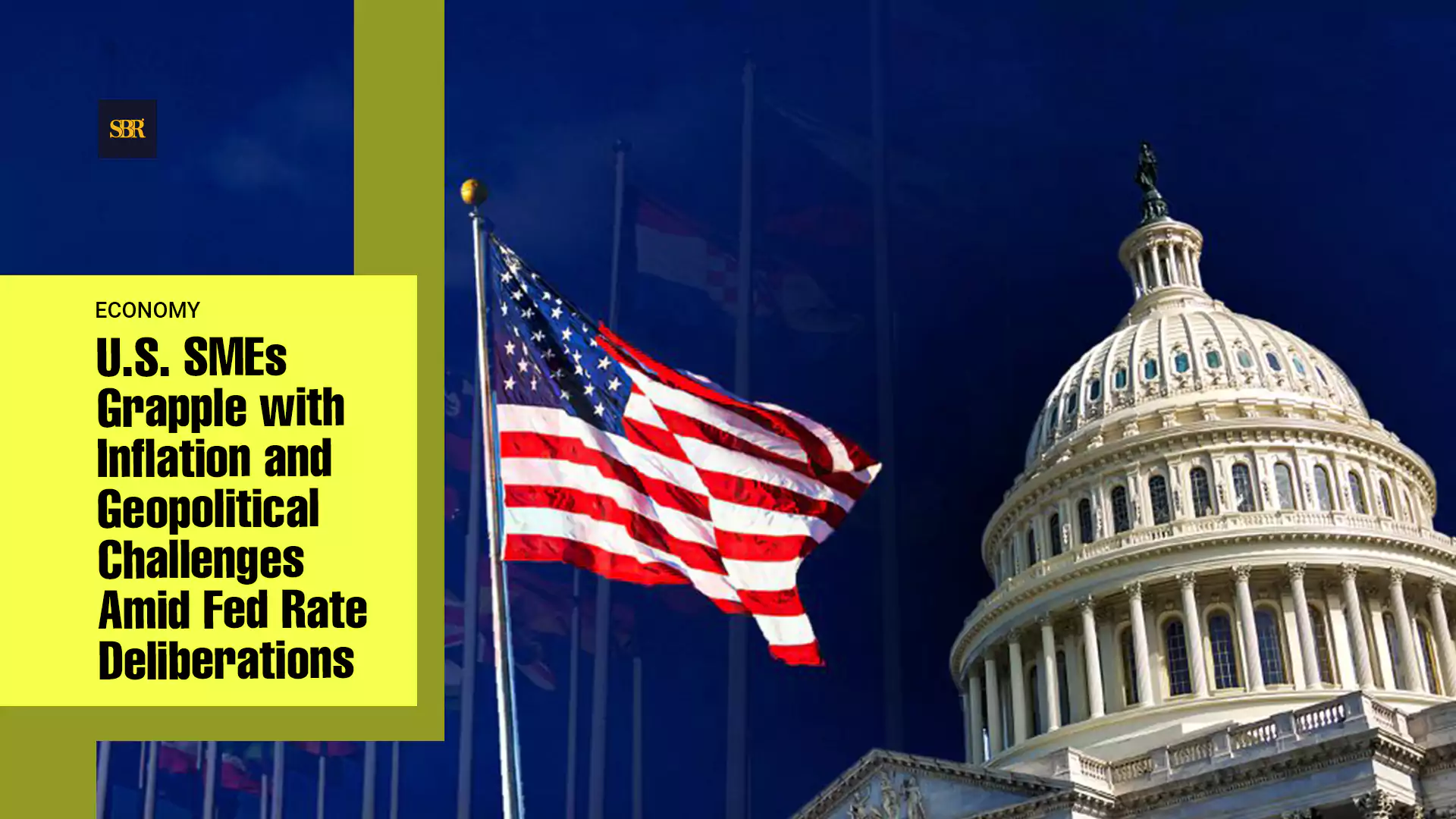SINGAPORE, May 20, 2025 — Global stock markets rose Tuesday and U.S. Treasury yields stabilized, providing a moment of calm for the dollar as investors continued to assess the financial outlook of the United States.
Monday’s volatile session had seen Treasuries sell off sharply and equities falter amid concern about America’s fiscal health, before both rebounded later in the day. That recovery held in early trading across Asia and Europe, with Europe’s broad Stoxx 600 index gaining 0.5% and Germany’s DAX hitting a record high.
Meanwhile, futures for the S&P 500 dipped slightly. The stabilization came as investors weighed Friday’s downgrade of the U.S. credit rating by Moody’s, which cited risks tied to a sweeping tax cut bill now advancing through Congress.
The yield on the 10-year U.S. Treasury was down two basis points at 4.45%, retreating from Monday’s one-month high of 4.56%. The 30-year yield also slipped to 4.91% after peaking at 5.037%, an 18-month high.
Mohit Kumar, chief Europe economist at Jefferies, said the market's recovery had been stronger than anticipated, though the downgrade itself was expected.
“What’s really driving the market right now is people are underweight risk, so that’s why whenever you get dips the natural tendency is to buy,” he said.
Risk assets such as equities and corporate bonds typically perform well when investors are optimistic about economic growth. However, signs of broader market unease persisted.
In Japan, yields on super-long government bonds surged to all-time highs. The 20-year yield jumped as much as 15 basis points to 2.555%, the highest since 2000, following weak demand at a debt auction. The 30-year yield reached 3.14%, also a record.
“Market participants are assessing demand during each auction, and stability remains elusive,” said Hirofumi Suzuki, chief currency strategist at Sumitomo Mitsui Banking Corp. “Upward pressure is likely to persist for the time being.”
Elsewhere in the Asia-Pacific region, the Australian dollar dropped 0.7% to $0.6414 after the Reserve Bank of Australia cut interest rates as expected. The RBA cited a dimmer global outlook and struck a cautious tone on future easing.
“With the RBA sounding increasingly uneasy, the path of least resistance for the currency may remain lower,” said Charu Chanana, chief investment strategist at Saxo in Singapore.
China’s blue-chip CSI 300 index rose 0.54% after the People’s Bank of China cut benchmark lending rates for the first time since October.
Hong Kong markets saw strong activity as battery maker CATL closed up 16% on its debut, following a $4.6 billion IPO — the world’s largest this year.
In currency trading, the euro held steady at $1.1248 after Monday’s 0.6% gain. The dollar slipped 0.2% to 144.48 yen.
Oil prices were volatile amid concerns over stalled nuclear negotiations between the U.S. and Iran, raising doubts about future Iranian crude supply. Brent crude was last down 0.2% at $65.43 per barrel.
Gold rose 0.2% to $3,236 an ounce as market caution lingered.
What’s really driving the market right now is people are underweight risk, so that’s why whenever you get dips the natural tendency is to buy.

















